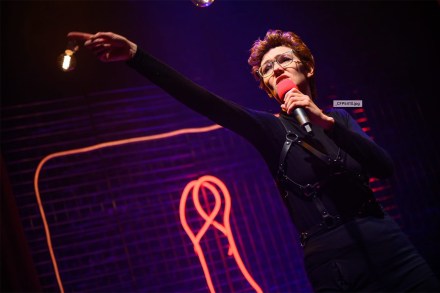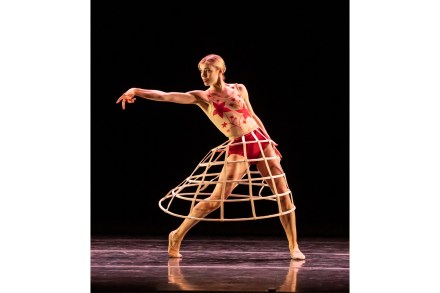Sad, blinkered and incoherent: Arcola's The Misandrist reviewed
A new play, The Misandrist, looks at modern dating habits. Rachel is a smart, self-confident woman whose partner is a timid desperado named Nick. Both accept that Rachel must make all the important decisions in their lives and she orders Nick to submit to ‘pegging’. After some perfunctory resistance, Nick obeys. ‘Lube me up,’ he cries and she plunges a pink truncheon deep into his digestive tract. Afterwards he claims that the experience was so uplifting that even his ancestors enjoyed a taste of bliss from beyond the grave. Lisa Carroll’s ironic and frivolous comedy is fun to watch. The characters are enjoyable and the lightweight, throwaway acting meets the




















